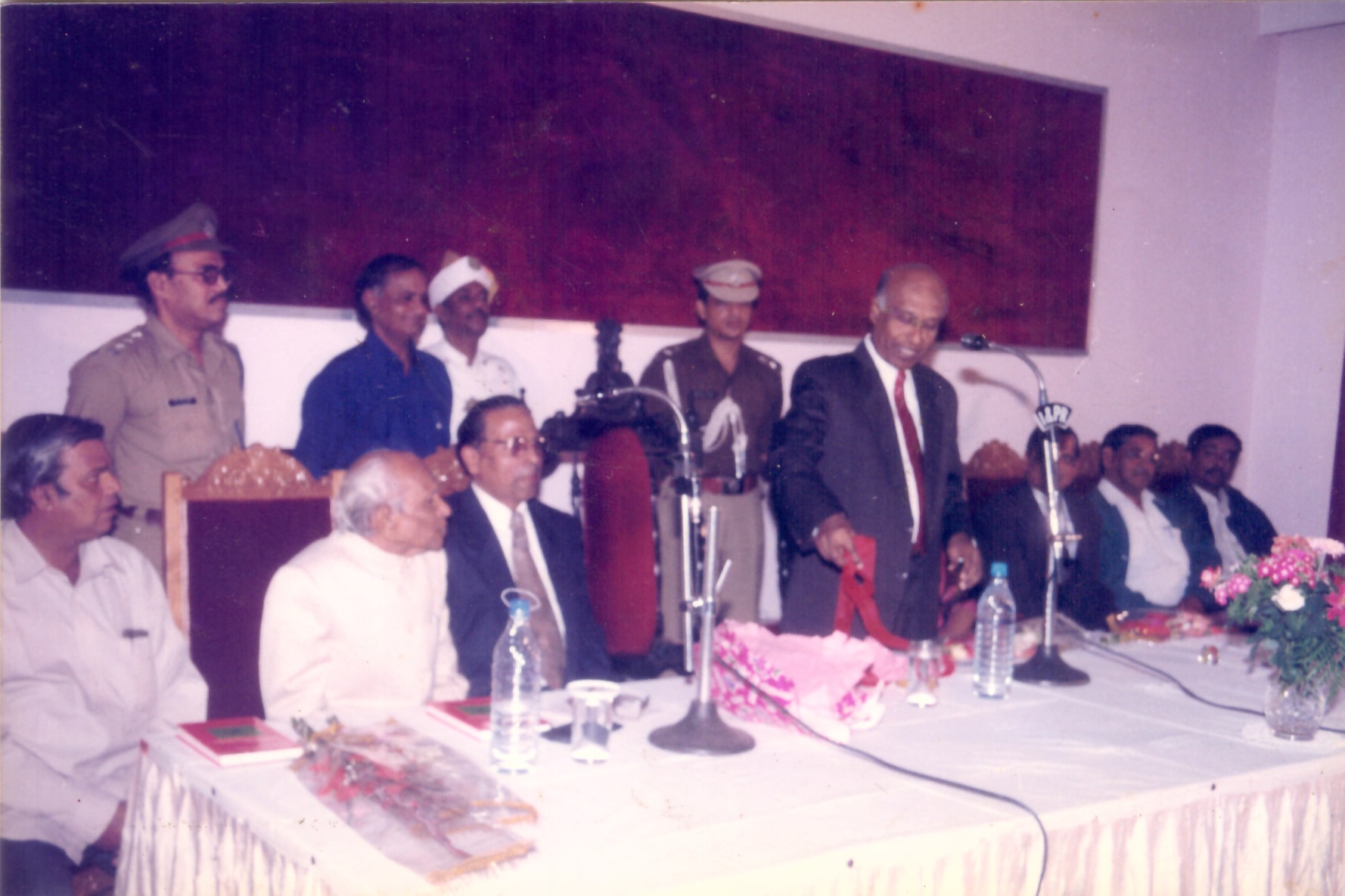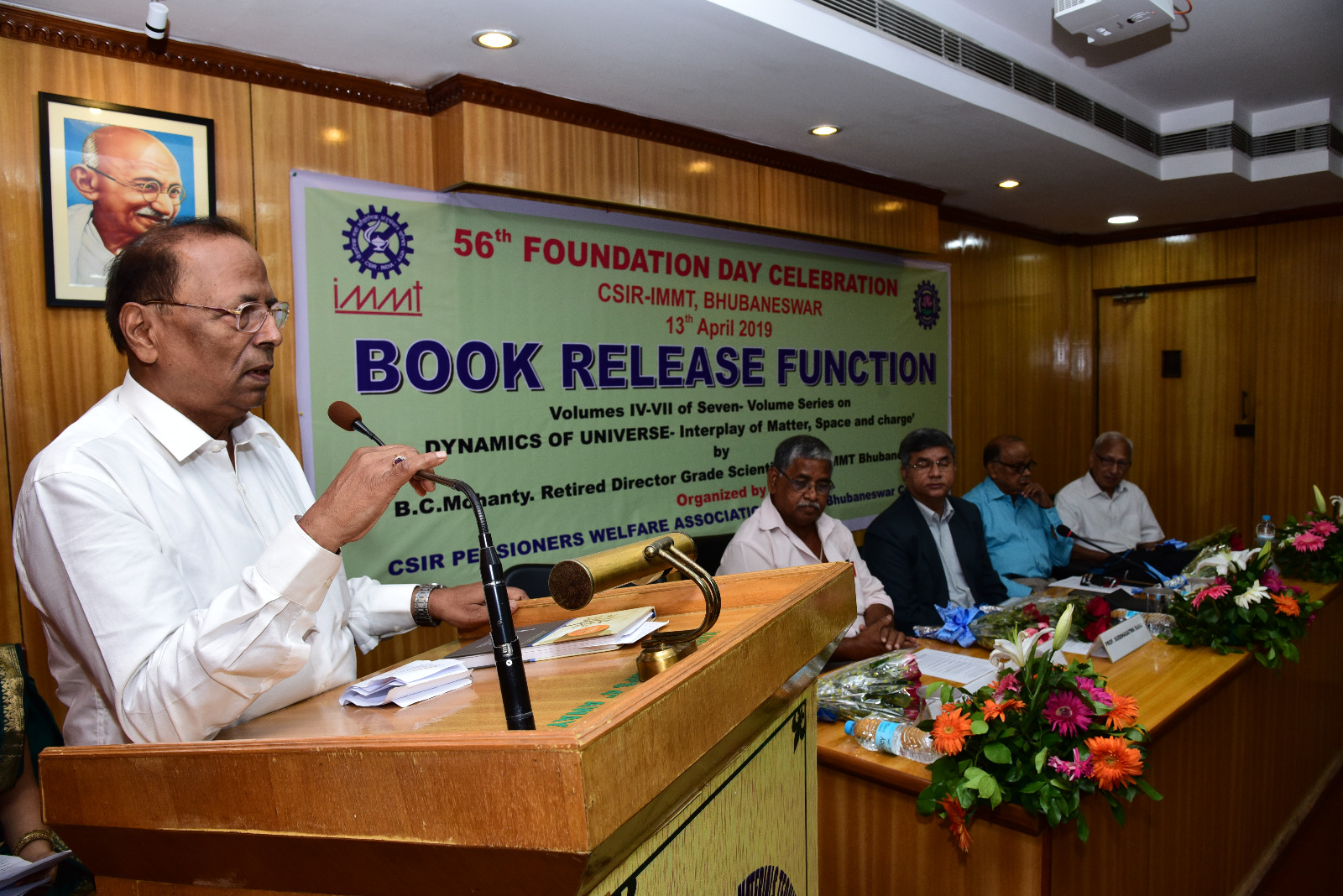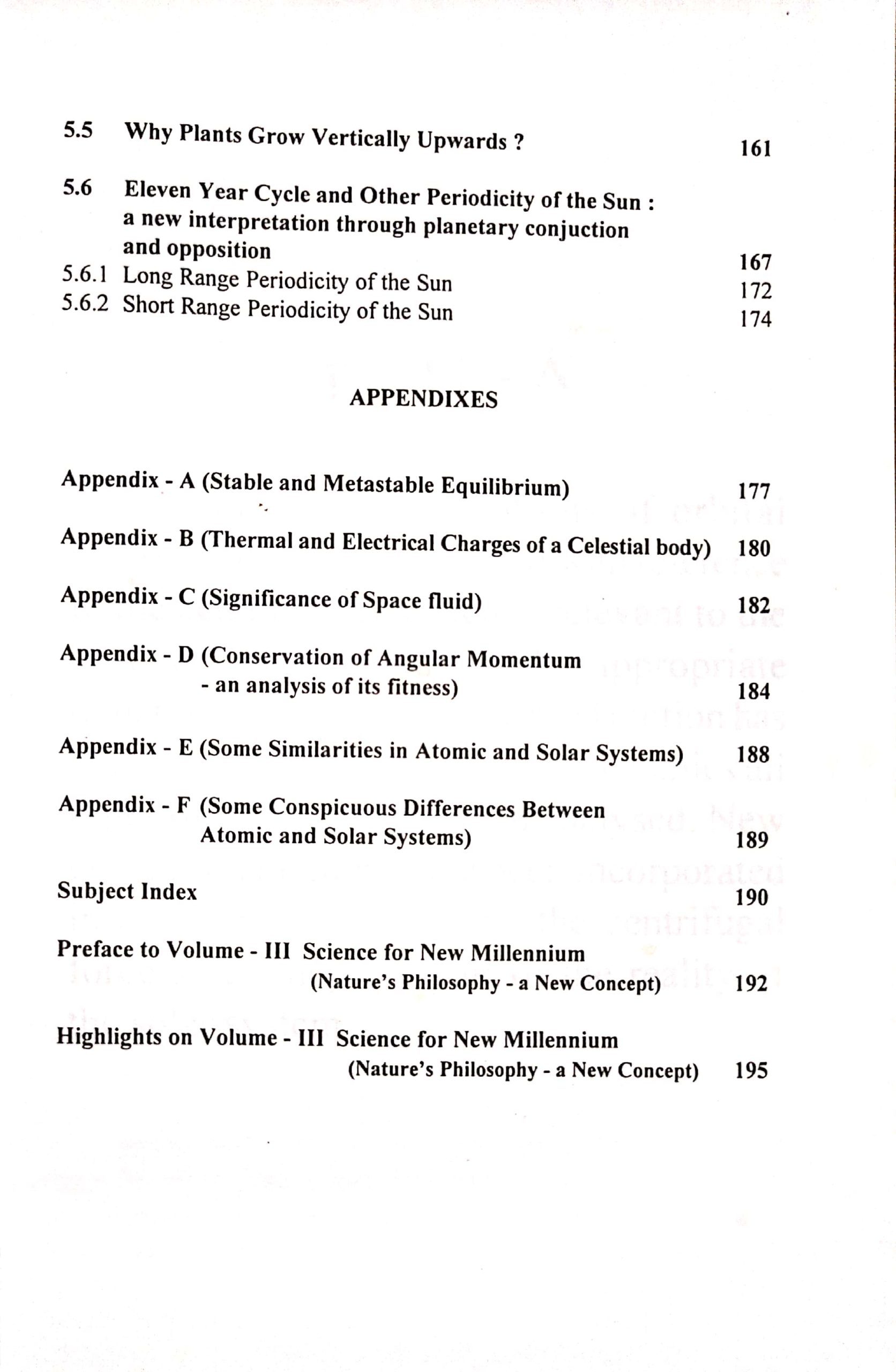INSTITUTE OF PHILOSOPHY OF NATURE






Our Books
Volume II - PLANETARY ELECTRODYNAMICS-II
About this book
Preface




(PLANETARY ELECTRODYNAMICS II)
The objective of this series of publication is to achieve a unified understanding of all happenings of the universe. This also includes all events of the laboratory experiment. The task of unification of the laws of nature identified for the micro domain and the laws identified for the macro domain is not an easy job. It requires many changes in conceptual understanding which cannot be described in a single article or even a single book. The author has made a humble attempt to introduce this new unified concept through publication of a book series `DYNAMICS OF UNIVERSE-Interplay of Matter, Space and Charge’. The first and the second volume of this series of publication deals with the dynamics of solar system through a new concept which subsequently helps unification of science in micro and macro domains. The volumes III and IV are scheduled to deal with the new interpretation of micro domain science and the atomic structure in a modified manner with improved understanding. The new atomic theory, besides providing answers to all known features of atom would help to bridge the gap between the atomic system and the solar system. We would then require only one condense/dense matter theory to explain the atomic features as well as the features of the solar system. The richness of this theory can be visualised as this theory is free from the normal barrier faced by the domain based laws of nature. It is expected that many of the events which are presently considered beyond science has now the scope for interpretation through this unified law of nature.
The universe is a complex manifestation of matter and space covering the micro and macro domains. The micro domain systems go to constitute the macro domain systems. Thus, the entire body structure of the universe is constituted of different matter-space integral systems, subsystems, sub-subsystems etc. which maintains a unique integrity exhibiting symmetry, higher symmetry and super symmetry etc. in its structure. Scientists working in different domains fail to understand this unique unity of the universe involving all domains. This happens because the domain based laws have been developed on the local system based concepts without a room for the external linkage through boundary condition. For example, the internal structure of a neutral atom remains unchanged under different ordinary pressure and temperature variations. The axioms made in different system based theories have different limited significance. The zero and the infinity values of one domain cannot be translated to another domain having the same significance. The value of infinite in micro domain is not more than zero in macro domain. Thus, it is important to have a harmony in the basic axioms of different domains while developing the unified law of nature. Unless this is done, all attempts to unify the laws of nature depicted from different domain would go in vain. In view of this, the axioms used in different system based theories have to be first harmonised and the system based theories are to be modified and then only the discovery of the cherished unified law of nature would be feasible.
The author is hopeful of a single unified theory of matter and space which is reducible to atomic theory in atomic domain and the celestial dynamics in macro domain. Obviously, some modification of the celestial dynamics in the light of the atomic theory and some modification of the atomic theory in the light of the features of solar system is inevitable to make the unification a grand success. The book `PLANETARY ELECTRODYNAMICS – I’ written by this author has already proposed changes such as the orbital bodies in solar system follow a discrete orbit pattern and all celestial bodies are electrically charged. This volume `PLANETARY ELECTRODYNAMICS – II’ deals with some of the motions of orbital bodies (planets and satellites) with respect to the frame of reference of the central body which are relevant to the analysis of the concerned dynamics. The resultant orbital motion in an elliptical path in inclined orbital plane with a definite inclination of the axis has been analysed by considering various cause oriented component motions. The ordinary mechanics without any special consideration is quite satisfactory in dealing the dynamics of celestial bodies. According to existing characterisation, the rotation of some planets (Venus, Uranus and Pluto) are in opposite sense to that of the Sun and the revolution of some satellites (Ananke, Carme, Pasiphae and Sinope of Jupiter; Phoebe of Saturn; Triton of Neptune) have retrograde motion. It may be seen from the analysis given in this book that not a single orbital body rotate in reverse sense or have retrograde revolution and the above mentioned deviations are simply caused due to defective reference points taken in the characterisation. This new finding provides a vital truth that all orbital bodies rotate and revolve in the same direction as that of the central gravitating body without a single exception. In view of this new finding, the author has considered the operation of a kind of fluid dynamics in solar system which not only provides the logic for the direction of rotation and revolution but also provides answer to 1) why, Mercury and Venus do not have satellites; why, not a single satellite has a sub-satellite; why, the orbital bodies lie close to the equatorial plane of the central gravitating body ? The new charge interaction giving rise to interlocking of given faces of satellites with respective central bodies provides answer for the satellites making one rotation per revolution. This author does not consider the presently accepted tidal coupling phenomenon for reasoning out one rotation per revolution simply because the tidal coupling can develop many possible ratios and not 1:1 in all cases.
The fact that the celestial bodies are electrically charged has already been introduced in volume I of this series of publication. Here, in this volume, a detailed study on the nature of spatial variation of electric charge potential and the temperature of the surface of the Earth has been made relative to the orientation of the orbital body (Earth) with respect to the central body (Sun). The electric charge potential variation has been ascertained from the study of the global pattern of the earth current and during the dust haze. The author for the first time, introduces the concept of thermal charge to interpret temperature. The new consideration of thermal charge extends its scope of attraction in a thermal field. The phenomenon of thermophoresis also conforms this new hypothesis. The presence of charge in two phases viz. electrical and thermal helps us to understand why the Earth remains at negative electric potential in spite of the continuous flow of positive electric charge from atmosphere to the Earth. Different charge fields standing in the vertical direction produces the field forces in the vertical direction for the growth of trees in vertical direction. The new concept of thermal charge, helps to understand the light particles to carry some non-electric form of charge.
Thus, the exchange of radiation range of particles from one celestial body to another make changes in the charge state of the celestial bodies. This in turn changes the magnitude of the charge attractions between the orbital body and the central body. As a result of this charge variation, the centripetal force is no more governed only by the inverse square law of gravity. The change in the charge potential on the surface of the orbital body which is caused due to the variation of orbital distance contributes towards the restoring force for bringing stability of the orbital body. The dynamics of different periodic oscillations are discussed in the book.
The orientation of different planets produce different changes in the charge state on the surface of the Sun. This effect is magnified when the planets are in conjunction or in opposition. The author explains the 11 year periodicity of the sun through analysis of planetary conjunction and opposition of two major planets (Jupiter and Saturn). Many other short range periods of the Sun have also been interpreted from the conjunction and opposition of other fast moving planets.
Many of the doubts such as the significance of space fluid used in the new consideration of fluid dynamics, the significance of non-electric charge etc. will disappear after the subject is dealt in detail in volume III of this series of publication. For the time being, the readers are requested to have a open mind while going through the book as it is not possible to introduce all proposed changes in a single volume.
I wish to add that, the views expressed in the articles of this volume are exclusively mine in the capacity of individual scientist and do not necessarily represent the views of the organisation for which I work or worked in the past. B.C.Mohanty
PLANETARY ELECTRODYNAMICS-II has answers to the following questions
◼ Why the orbits of planets and satellites have elliptical shape?
◼ Why orbital bodies lie close to the equatorial plane of the central body?
◼ Why the axes of the orbital bodies have a tendency to remain close to perpendicular to the equatorial plane of the central body?
◼ Why Mercury and Venus have no satellites?
◼ Why not a single satellite has an orbital body even though an asteroid has?
◼ Why do Venus, Uranus and Pluto have reverse rotation?
◼ Why do axes of the reverse rotation planets have large inclinations?
◼ Why some satellites have retrograde revolution?
◼ Why the inclination of orbital planes of the retrograde satellites have large angles while those of direct motion satellites have small angles?
◼ Why the locations of retrograde satellites are confined to distant outer orbits?
◼ Why the above general trend is violated in the case of outer most distant satellite of Neptune?
◼ Whether the hidden mass concept is a reality or a requirement of the present dynamics?
◼ Perhaps you can ask many more questions to find answer from the new dynamics. Further, one can understand the phenomena of Earth current, Harmattan dust haze, Periodicity of the sun, Vertical growth of plants against gravity, etc. by understanding the electric and new nonelectric charges.
Read our Journal 'Towards Unification of Sciences'
The journal publishes brainstorming articles on new and break through ideas, concepts and theories.
